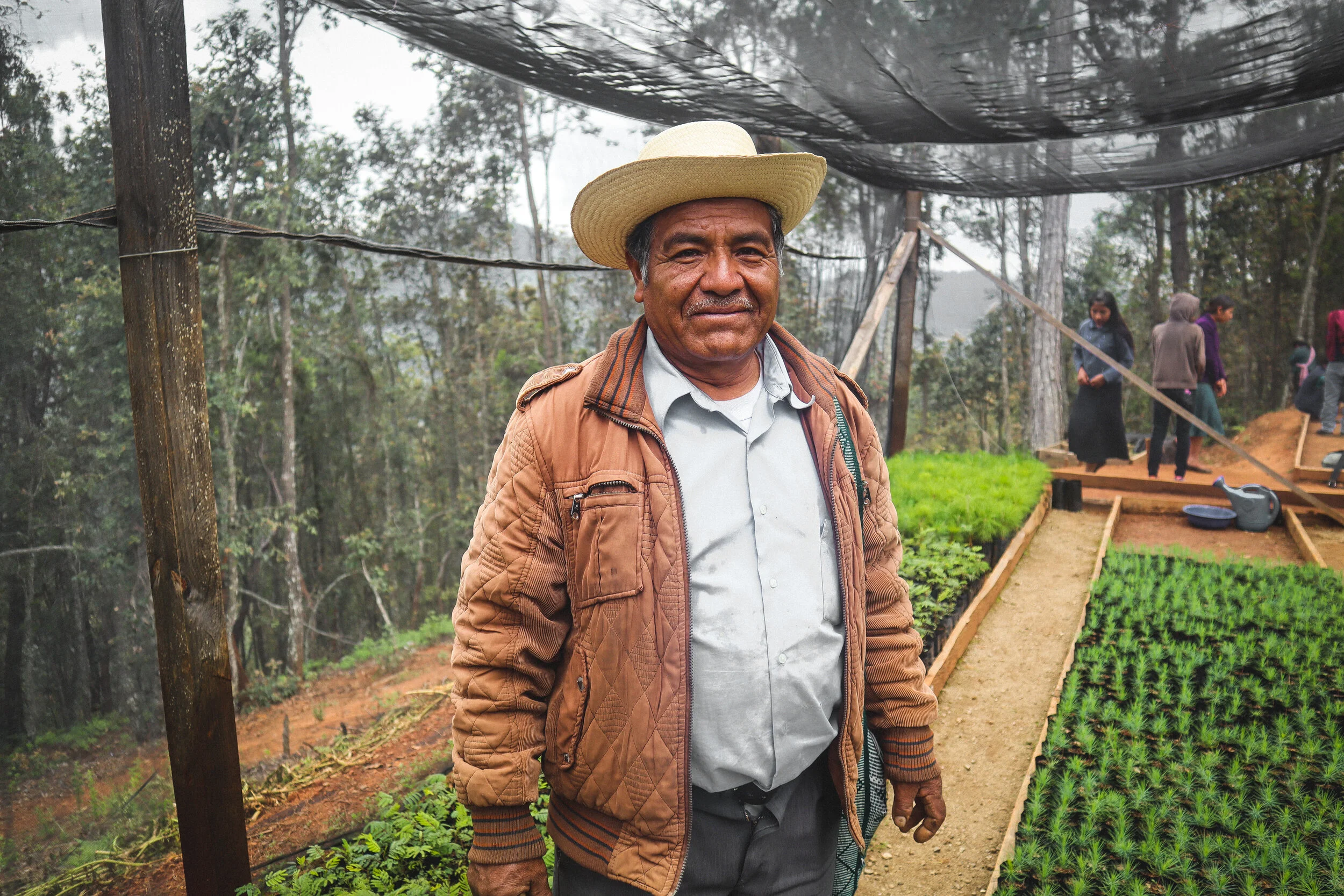“This is an ancient system… it goes back to the Gran Tenochitlan Era!”
When I was in Mexico, a number of different people, inclusive lot of Zapotec farmers, introduced me to the milpa system.
The milpa way of farming takes maize, beans, squash, and amaranth and plants them in alternating patterns. The maize makes a nice living barrier against soil erosion and the diversity means a crop disease can’t easily spread.
So many locals noted that the system resembled a healthy community for humans, too, where everyone has a special role towards a common goal.
Once I heard a description of this system the term “regenerative farming” was the first thing to pop into my head. It’s an increasingly trendy term that contains multitudes of different farming techniques that keep carbon stored in soil- like crop diversification and living barriers.
But what seems like a trendy new innovation is often a return to a way of doing things before it was disrupted by industrialization.
This was a face-to-face reminder that some of the best practices in areas like public health, climate solutions, and fire management aren’t new ones at all and they have their roots in indigenous knowledge.
There’s a great documentary called Gather that really gets into this.
It’s not just a matter of making sure credit goes where it’s deserved, though that should be enough of a reason on its own. But, all over the world, indigenous communities often face opposition in being able to manage their ancestral lands, with environmental reasons often cited.
There’s more to the harmony between land and livelihood than the various technical practices that make up regenerative farming- readdressing our relationship to the land and culture are also a critical part of indigenous world views.




